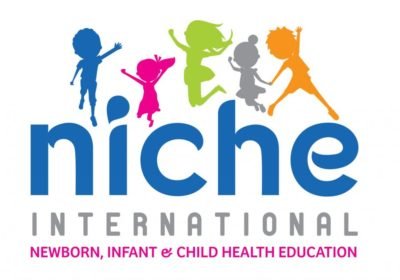UK instructors, Jo and Julia, arrived in Zwedru on 2nd November along with local Liberian instructor trainees Kola, Advanced Neonatal Nurse Practitioner (ANNP) with Maternal and Child Health Advocacy International (MCAI), Agnes, Gertrude and Christina, all of whom have been trained as neonatal clinicians (nurses with extended roles) within the MCAI programme. Kola has been training two neonatal clinicians here in Zwedru and they have set up a neonatal unit which they hope to expand. UNICEF is collaborating with MCAI now to further develop the programme around safe delivery of babies and extend it into the rural areas around Zwedru. Our role here this week is to help with the training of the nurses and midwives based in Grand Gedeh county. Our 4 Liberian colleagues (well, Kola’s Nigerian actually but based here now) will do the Generic Instructor Course in the next 2 days and then – supervised by Jo and Julia – teach the Newborn Care Course to nurses and midwives here in Zwedru.
Getting here was quite fun! The rainy season has gone on a little longer than usual in West Africa this year and the roads from the capital, Monrovia, are impassable. So we came by twin engine plane….







